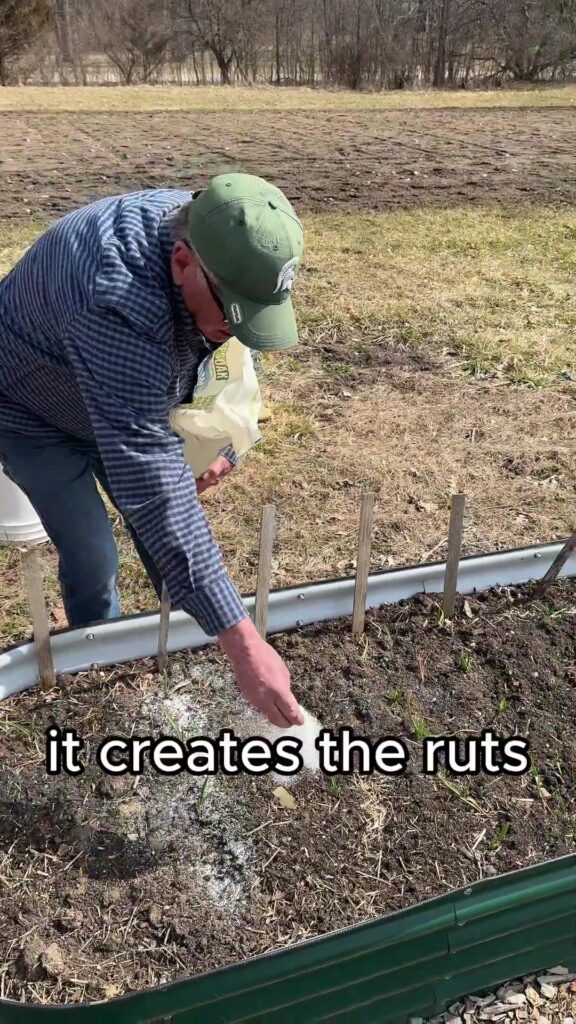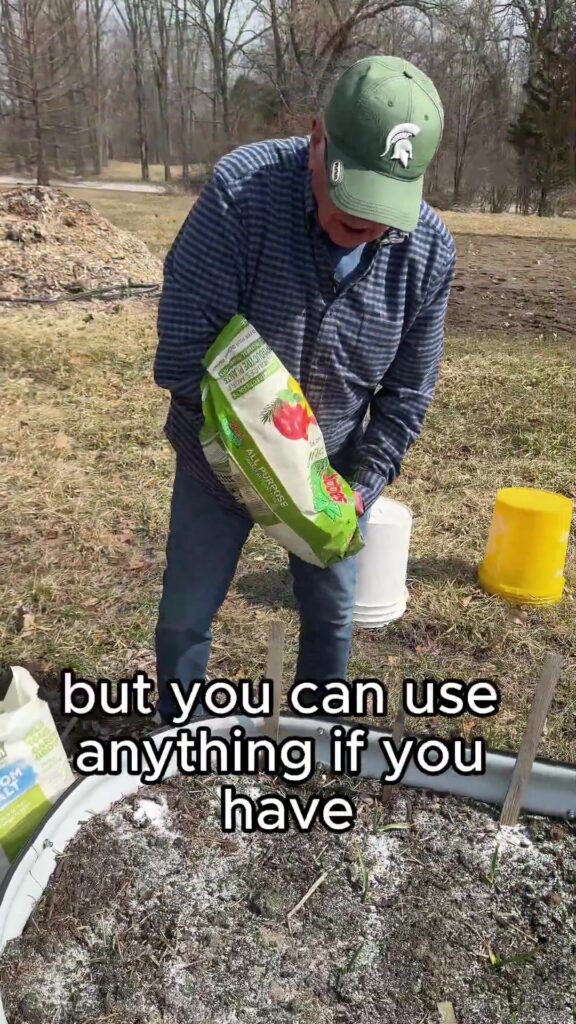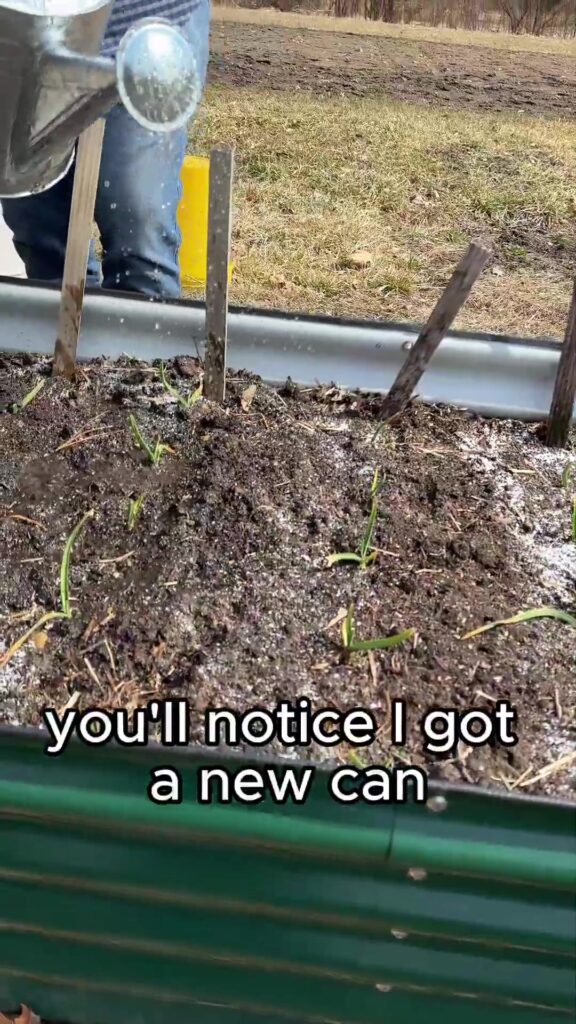3 Ways To Grow Bigger Garlic
Garlic is a staple in nearly every kitchen around the world. Its pungent aroma and bold flavor are hard to beat, and growing your own garlic is not only rewarding but often results in tastier, more robust bulbs than store-bought varieties. However, achieving large, healthy garlic bulbs takes more than just sticking cloves in the ground and hoping for the best. If you’re looking to grow bigger garlic, here are three proven methods that can dramatically improve your harvest.
1. Start with the Right Garlic Variety
Not all garlic is created equal, and the variety you choose can make a huge difference in the size of your bulbs. There are two main types of garlic: hardneck and softneck.
- Hardneck garlic tends to produce larger cloves and stronger flavor. It grows best in colder climates and also sends up a flowering stalk (called a scape) that can be harvested and eaten.
- Softneck garlic is typically better for warmer climates and has more, but smaller, cloves. It stores longer and is often what you’ll find at the grocery store.
To grow bigger garlic, hardneck varieties are usually the way to go—especially heirloom strains that have been selected over generations for bulb size and vigor. Look for varieties like Music, German Extra Hardy, or Chesnok Red. Always plant large, healthy cloves from disease-free bulbs—skip the tiny ones, as they won’t grow into sizable bulbs.
2. Feed the Soil Generously
Garlic is a heavy feeder and thrives in fertile, well-drained soil. To encourage big bulbs, start by preparing your garden bed with organic matter well in advance. Compost, aged manure, and balanced organic fertilizers work well. A pH between 6.0 and 7.0 is ideal.
Before planting, mix in a fertilizer rich in phosphorus (the “P” in NPK) to support strong root development. Once the garlic is in the ground, side-dress with nitrogen-rich fertilizer like blood meal or fish emulsion in early spring to boost green growth.
Avoid overwatering—garlic hates soggy conditions, which can lead to rot. Consistent moisture is important, especially during bulb formation in late spring and early summer. Drip irrigation or soaker hoses are great options for keeping moisture levels steady.
3. Timing and Spacing Are Everything
When it comes to garlic, timing is crucial. For the biggest bulbs, plant in the fall, typically a few weeks before the ground freezes. This gives cloves time to establish roots before winter dormancy. In spring, they’ll wake up early and grow vigorously.
Spacing is another often overlooked factor. Give each clove at least 6 inches of space in all directions to reduce competition for nutrients and water. Crowding your plants leads to smaller bulbs.
Remove scapes (flower stalks) from hardneck varieties once they appear in early summer. This diverts the plant’s energy back into the bulb instead of the flower.
Final Thoughts
Growing bigger garlic isn’t hard, but it does require a bit of planning and care. Choose the right variety, enrich your soil, plant at the right time, and give your cloves enough room to thrive. With these three methods, you’ll be well on your way to a harvest of large, flavorful garlic that puts store-bought bulbs to shame. Whether roasted whole, minced into dishes, or saved for seed next season, your homegrown garlic will be worth the effort.














